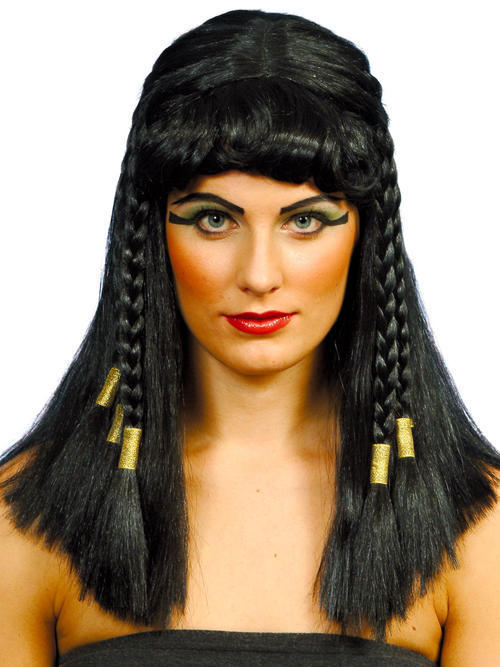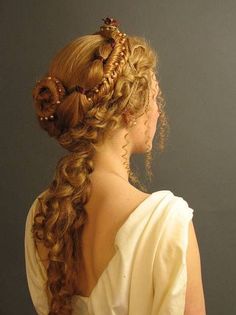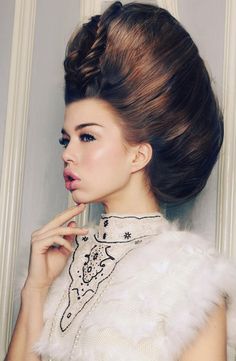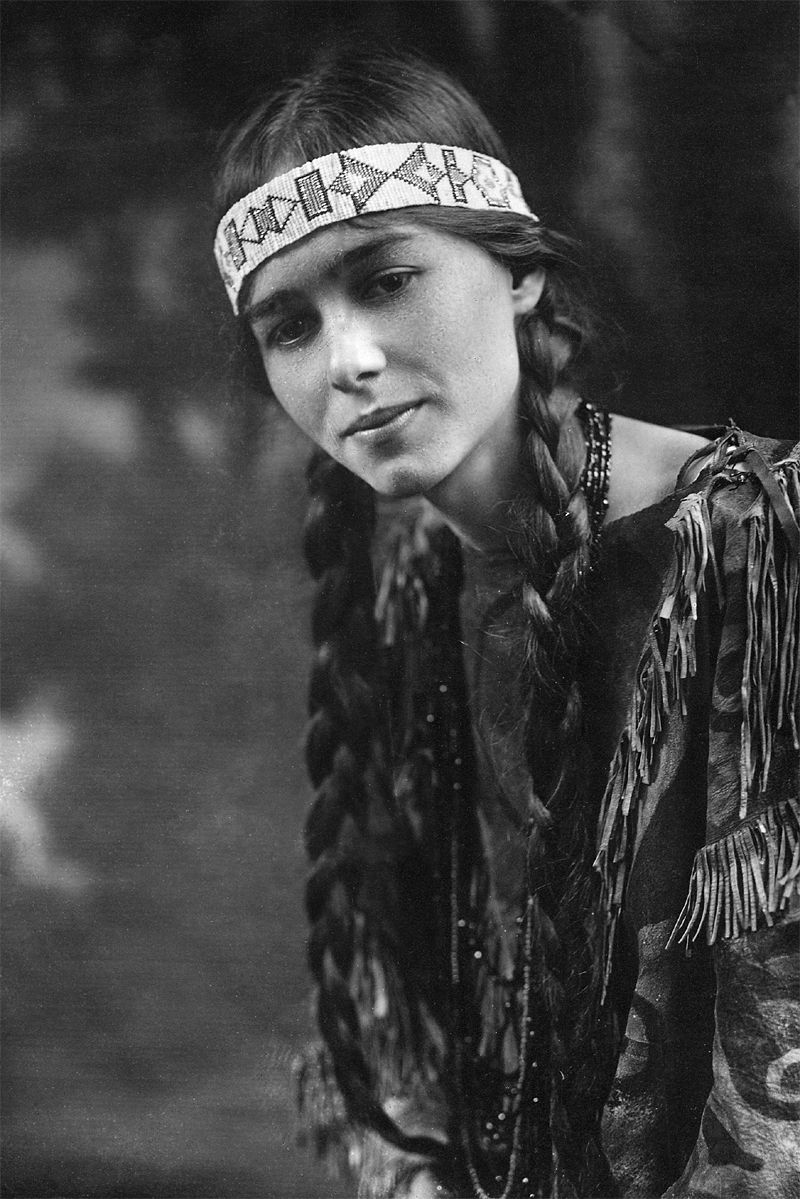Long before flat irons and blow dryers, men and women were fascinated with haircare. Hair fads have defined civilizations and provided cultural identity. Hair styles throughout history are an interesting reflection of political, social and economic trends.
Hair Trends in Ancient Egypt
Wigs were popular with the Egyptians. Men, especially, wore intricate wigs after shaving their own heads. Women often wore wigs as well, though many wore them over their own hair.
These wigs were hot and uncomfortable in the Egyptian sun. Wealthy partygoers were often given gifts of scented beeswax cones. These cones were worn on the head in hopes that the melting wax would cool the scalp.
Early Roman Hairstyles
Wealthy women in ancient Rome wore piles of curls on the tops of their heads. These elaborate updos were created by slaves and servants. Having gold dust sprinkled among the strands was a definite status symbol. Equally popular were blond hairpieces which were made from the hair of German prisoners.
Roman men typically visited the barber every day. Short hair and shaved faces were considered desirable.
King Louis XIV Sets Hair Trends
Even in seventeenth-century France, balding was unpopular. When Louis XIV started to thin on top, he turned to wigs as a solution. His courtiers soon followed his lead. Before long, all the fashionable men of France were wig-wearers, balding or not. Wig making became a profitable industry.
Wig makers used women’s hair, as it was thought to be stronger. They wrapped the hair around curling pins made of clay. These pins were then boiled for several hours and actually baked inside loaves of bread. The moisture and heat of the baking process made the hair flexible. The hair was then cut and curled and sewn into caps.
Marie Antoinette and Big Hair
European women in the 1700’s enjoyed big hair. Marie Antoinette popularized headdresses which towered over 48 inches high. These were created with layers of wire, false hair and lard. Hair structures were built on a woman’s head and then dusted with flour. Unfortunately, insects and rodents were often attracted to these creations.
Hair Styles in Old World China
The Manchurian invasion of China in the seventeenth century had great impact upon Chinese men. All were ordered to shave the front of their heads and wear a pigtail. While initially met with great resistance, soon wearing a “queue” became synonymous with being Chinese.
In the 1800’s, as many Chinese immigrated to America for work, they continued to wear their queue pigtails. San Francisco lawmakers passed the Queue Ordinance in the 1870’s. This required pigtails to be cut off any Chinese who were apprehended by police. Several years later, however, the ordinance was reversed.
Native American Hair Traditions
In American Indian cultures, hair was believed to hold magic powers. Fallen or shed hairs were burned ceremoniously so that enemies could not find the lost strands and gain power over the owner.
Each tribe had traditional hairstyles unique to their people. Hopi girls wore hair over their ears before they were married. Once they became wives, the hair was drawn into one plait down their back.
Iroquois men shaved the sides of their heads. A long ridge of hair was worn down the center of the head and often decorated with deer hair and bird feathers.
Hairstyles have long been a symbol of social status and cultural belonging. Because hair is one physical characteristic easily adapted, it is often an indicator of societal change.
To learn more about hairstyles & hair care tips, please visit Justin’s blog at The Barbr.




